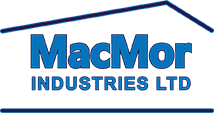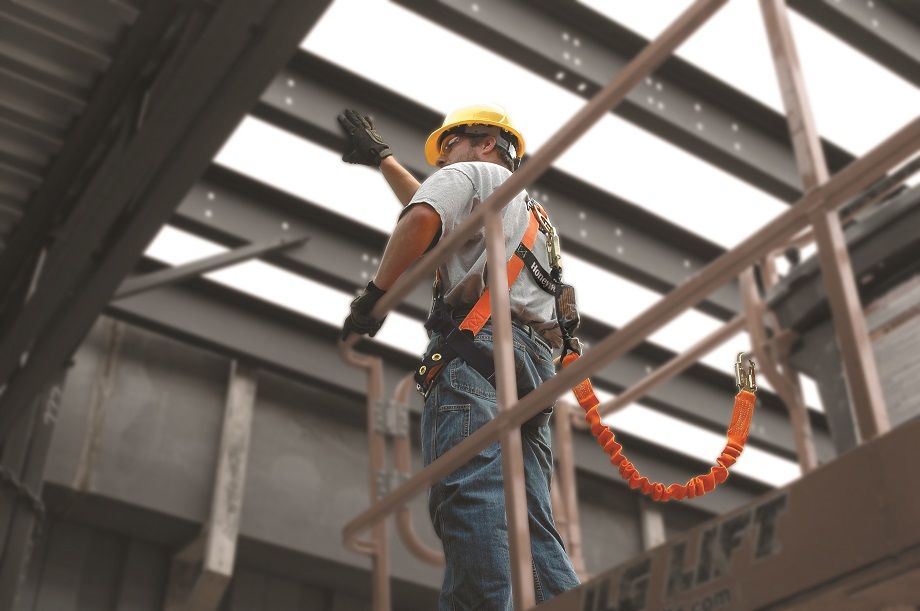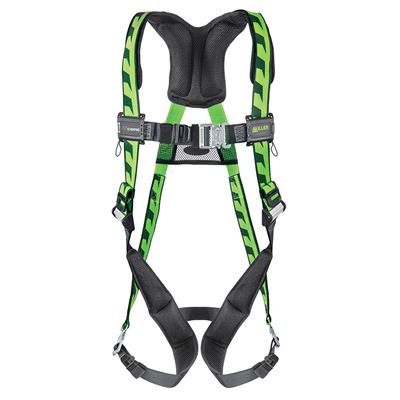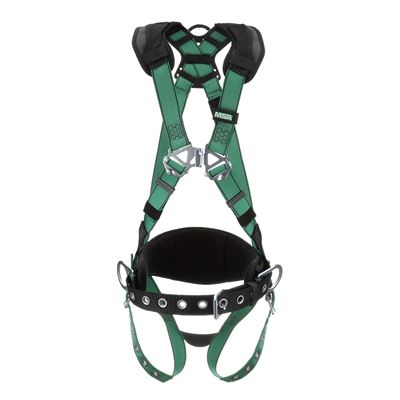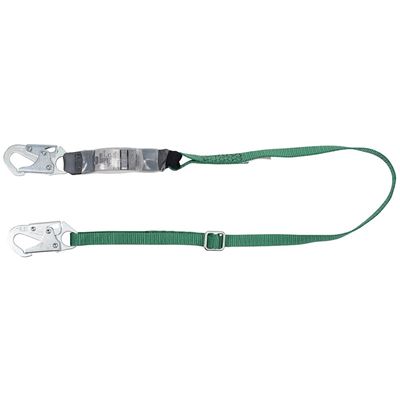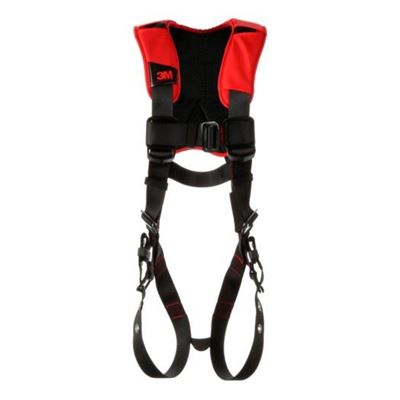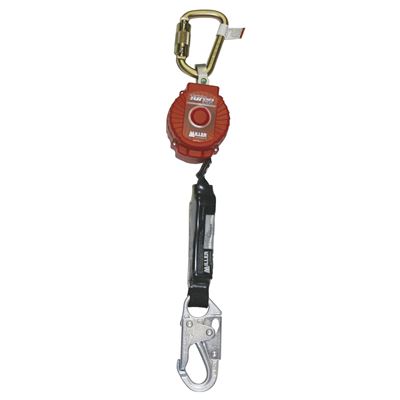5 Frequently Asked Questions about Fall Protection
I once heard a customer say something about Fall Protection that summed it up in an interesting way: “You probably won’t need it 99% of the time, but it’s during the 1% that having it becomes very important.” Although wearing fall protection equipment can seem tedious, wearing it when working at heights is crucial because you never know when a fall will take place… and when it does, you’ll be grateful you were properly equipped for it.
Now that we’ve covered the basic concept of why it’s important to be well equipped when working at heights, let’s go over some common questions on this topic:
- Is there an expiration date on my harness and/or lanyard?
- Both ANSI and OSHA do not reference a maximum service life for synthetic fiber products. Much like a hard hat, proper storage and regular inspection before use are key to ensure the longevity of the products as well as one’s personal safety. That being said, both harnesses and lanyards are required to be removed from service immediately following a fall or if damaged.
- Can I re-use fall protection equipment from a previous job?
- There is no direct answer to this question as fall protection equipment should be selected based on the observed potential risks of the job site. In some ways, it's like asking if you can show up to a new job site with the screw drivers you used at the last job - if the screws are the same then it isn't a problem but odds are you'll have to make some adjustments.
- When it comes to fall protection, equipment should be selected based on their ability to protect workers over the ability to save money. Should the next jobsite highly resemble the previous one (i.e. residential roofing jobs) then you are likely in the clear. It is important to note however that certain variables such as the anchorage locations, fall clearances, and the condition of the previously used equipment may still require the use of new equipment.
- How often should I inspect my fall protection equipment?
- According to the Canadian Standards Association (CSA), fall protection equipment should be thoroughly inspected at least once a year by a qualified competent person. This is the minimum requirement in order to stay compliant with federal regulations in Canada. If you believe you're due for an inspection, contact us today to book your equipment for inspection.
- In order to better ensure the safety of employees, it's highly recommended that all workers inspect their equipment before each use (this is often referred to as a pre-use inspection). Taking a moment to quickly glance at the webbing, the hardware and other components is a good way to catch any obvious issues before working at heights.
- If you're considering getting your equipment inspected more than once a year, you could consider 6 month inspection intervals or even having the gear inspected between every job. There are a few factors to consider when deciding to do this more frequently; if you have any questions about this, feel free to send us a message and we'll be happy to lend a hand.
- How do I calculate my fall clearance?
- Fall clearance is a crucial aspect of safety within a fall prevention system. This measurement strongly influences the procurement of fall protection equipment and can lead to significant consequences if improperly calculated. Although many people measure fall clearance as the distance between a worker and the nearest obstruction, there are multiple other factors that must be accounted for to ensure a proper measurement: deceleration distance, worker's personal height and the type of lanyard being used (Figure1).
Figure 1 - 3M Fall Clearance Chart
Thankfully, as with many other things in life, there’s also an app available to help you make some calculations for fall clearance (Figure 2).
Figure 2 - Miller Fall Clearance Calculator App
- What are the ABCD’s of fall protection?
- Anchorage - secure point of attachment. Must be capable of supporting intended load
- Body Support - full body harness is most common. A harness distributes fall forces and pressure over the upper thighs, pelvis, chest and shoulders. It also provides a connection point on the worker
- Connector - i.e. shock absorbing lanyard or SRL; connects the anchorage to the worker's harness
- Descent/Rescue - devices used to raise or lower a fallen or injured worker to safety or retrieve worker from a confined space; this component is commonly overlooked.
